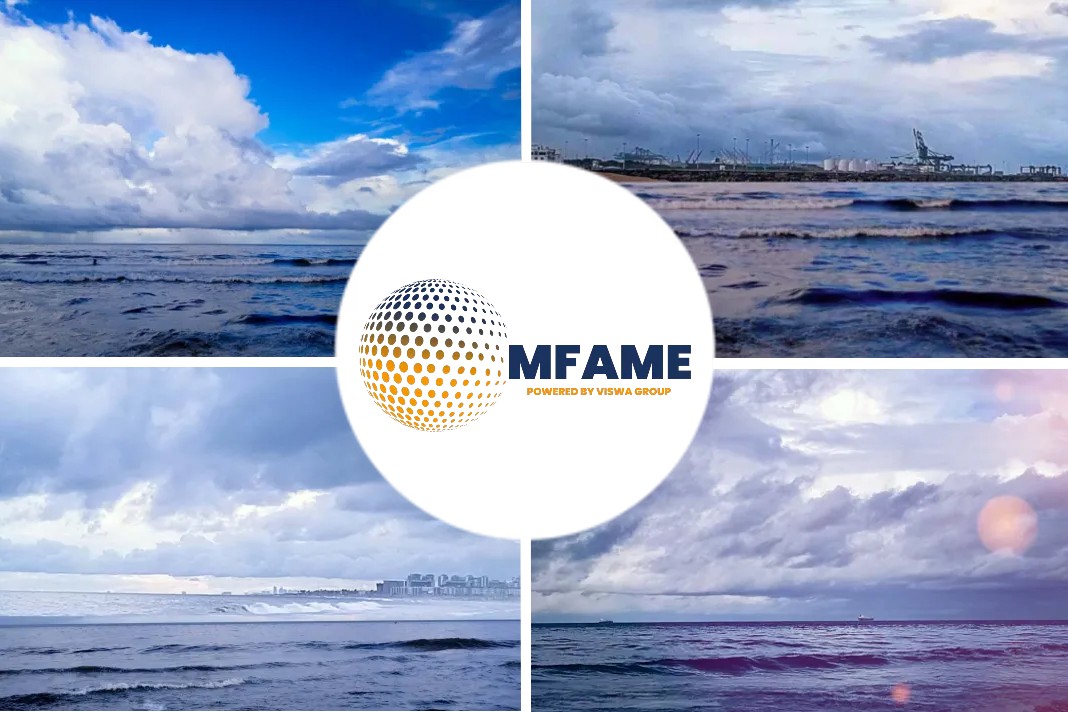- China and southeast Asia look like promising markets for mid-scale LNG carriers.
- Mid-scale LNG carriers are back in fashion.
- After a period where the number of ships in that range declined to just a handful, some charterers seem to have realised that there is a market for them; a profitable market at that.
A recent news article published in the Riviera states that mid-scale LNG carriers are back.
Definition of a mid-scale LNG carrier
Let’s start at the very beginning: what is the definition of a mid-scale LNG carrier? Simply put, they are any ship that is bigger than a small-scale and smaller than a ‘normal’ size one. So, anything with a capacity of between 40,000 and 100,000 m3is mid-scale.
In the early 2000s, mid-scale LNG carriers found opportunities in the Mediterranean, where their size helped them develop that market. Over time, European LNG terminals expanded, allowing the accommodation of larger capacity LNG carriers. The mid-scale ships market started to disappear.
“Mid-scale LNG carriers can discharge at smaller terminals, avoiding breaking bulk”
3 LNG carriers in operation
Today, there are only three LNG carriers in operation that fall between the capacity range of 40,000 and 70,000 m3: Portovenere and Lerici, each with a capacity of 65,000 m3 and LNG Jia Xing (ex Saga Dawn) with a capacity of 45,000 m3. At more than 20 years old, the first two mid-scale LNG carriers are getting long in the tooth.
The industry really needs a revamping of the mid-scale LNG shipping market. These new carriers should not target the Mediterranean anymore but the Chinese and southeast Asia regions, where mid-scale vessels would help develop local markets.
Mid-scale newbuilds target China
Petronas has recently signed long-term charters for two mid-scale LNG units, each with a capacity of 79,960 m3, from Japan’s K-Line. Those two newbuilds will transport cargoes from Malaysia to Shenergy in China. K-Line ordered a third sister vessel from China’s Hudong-Zhonghua Shipbuilding in October 2021.
Several shipowners are working on specific designs to target this Chinese mid-scale market, like Saga LNG with its LNT80 80,000-m3 design. Saga LNG previously owned the 45,000-m3 Saga Dawn before it was sold to Chinese interests.
Mid-scale LNG carriers have several characteristics that make them ideal for delivering LNG in some areas.
First, the price of building a mid-scale is much lower than a full-size LNG carrier. Its smaller size not only lowers the newbuild price, but also increases the available shipyards able to construct such a vessel, creating increased competition.
Second, mid-scale LNG carriers can discharge at smaller terminals, avoiding breaking bulk. This alone makes them ideal for sending cargoes to mid-size terminals where big ships cannot enter, especially in rivers like the Yangtze or the Yellow River. China is already the world’s largest importer of LNG, with many terminals located on those two rivers, making for a promising market for mid-scale LNG ships. Long-haul cargoes lifted by mid- or even small-scale LNG carriers are reasonably cost effective, especially in a market where being able to get directly to the end receiving terminal will guarantee a reduced lead time and avoid breaking bulk.
Did you subscribe to our newsletter?
It’s free! Click here to subscribe!
Source: Riviera

















